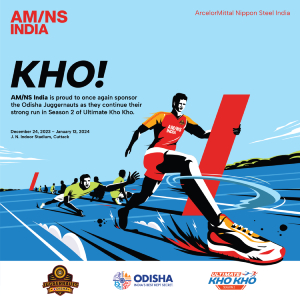Prosthetics and Orthotics

Prof. Dr. Madan Mohan Sahoo
Prostheses and orthoses enable people with physical impairments or functional limitations to live healthy, productive, independent, dignified lives and to participate in education, the labour market and social life. Prosthetic legs, or prostheses, can help people with leg amputations get around more easily. They mimic the function and, sometimes, even the appearance of a real leg. Some people still need a cane, walker or crutches to walk with a prosthetic leg, while others can walk freely.
When talking about prosthetics and artificial limbs, it’s important to note the differences between the various types and their specific uses. There are usually four main types to consider: transradial, transfemoral, transtibial, and transhumeral. However, other prosthetics can be used in certain conditions.
Types of Prosthetics are a transhumeral prosthesis provides functionality of the majority of the arm by replacing an arm missing above the elbow. A transtibial prosthesis replaces a leg missing below the knee, which allows the patient to retain use of their knee. Types of Orthoses & Prostheses are Cervical Orthosis, Cervical Thoracic Orthosis , Spine Orthotic, Arm, Wrist/Hand, Hips, Knee Orthosis Brace, Ankle Foot Orthoses.
The prosthetic socket serves several important roles. It protects the residual limb but also allows for weight-bearing and load distribution. The most commonly used socket today is a patellar tendon-bearing prosthesis. This socket is used specifically for transtibial amputations. The components of a body-powered prosthesis include: A custom fit socket. A terminal device such as a hook or hand. A wrist unit. A harness and cable system. Above elbow prostheses will include an elbow unit. Shoulder disarticulation prostheses will include an elbow and a shoulder.
The medical specialty that deals with prostheses is called prosthetics. The origin of prosthetics as a science is attributed to the 16th-century French surgeon Ambroise Paré. Later workers developed upper-extremity replacements, including metal hands made either in one piece or with movable parts.
Principles and considration for orthoses: provide support and stability to the hip, knee and ankle joints. be designed to permit safe and effective ambulation by patients. Provide the need and requirements of the patient to support or to mobilize. Correlate to the findings of tests & measurements.
There are 3 types of functional arm prostheses: body-powered, motorized, and hybrid. A prosthetic is an artificial limb that replaces a missing body part. Its goal is to replace as much function of the original limb as possible. At the very least, a prosthetic should help an amputee take care of necessary daily activities such as eating, walking and being able to get dressed on their own. When an arm or other extremity is amputated or lost, a prosthetic device, or prosthesis, can play an important role in rehabilitation. For many people, an artificial limb can improve mobility and the ability to manage daily activities, as well as provide the means to stay independent.
Department of Orthopaedics, PRM Medical College & Hospital, E-mail : drmadanmohan111sahoo@gmail.com







